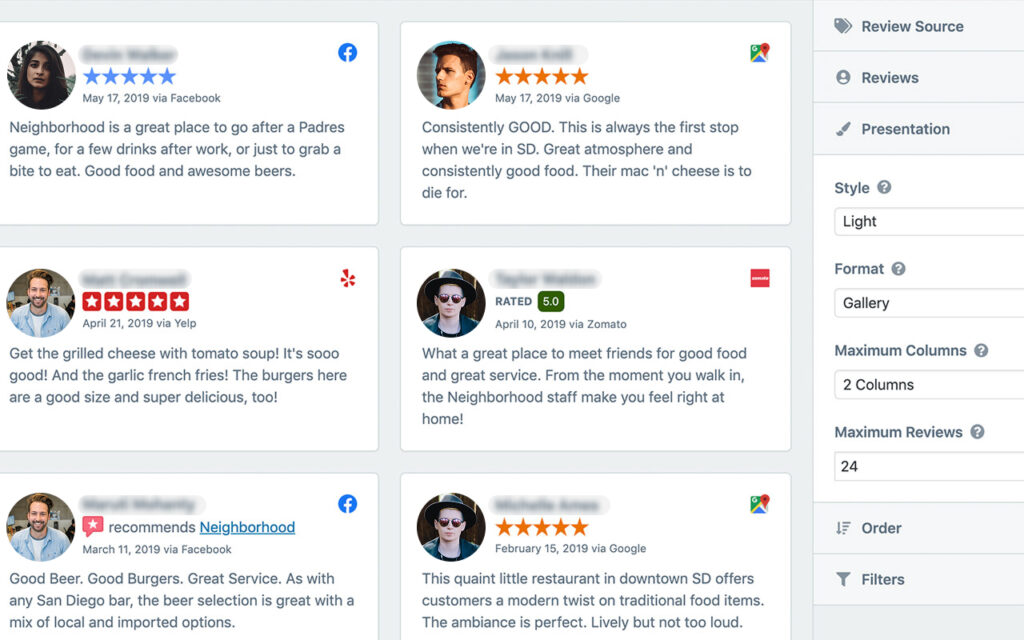SaaS (software as a service) is software that’s hosted in the cloud and accessible via the internet. It’s like renting software instead of buying it outright. SaaS products cover a wide range of applications, from project management tools to customer relationship management systems. Businesses use SaaS for various purposes, such as streamlining operations, enhancing collaboration, and improving productivity.
Table of Contents
Understanding SaaS Software
SaaS software operates on a subscription model, where users pay a recurring fee for access. This setup offers several advantages over traditional software, including:
Cost-effectiveness
Unlike traditional software purchases that require substantial upfront investment, SaaS users get a subscription-based payment model. Instead of facing the burden of hefty one-time costs, businesses can opt for manageable monthly or annual fees. This pricing structure makes them more accessible to businesses of all sizes, including startups and small enterprises with limited budgets.
Accessibility
Since SaaS applications are hosted in the cloud, users can access them from anywhere. This promotes flexibility and empowers employees to work remotely, whether they’re in the office, at home, or on the go. By breaking free from the constraints of traditional on-premises software, SaaS enables seamless collaboration and productivity across distributed teams.
Scalability
SaaS solutions allow businesses to adjust their subscription plans based on their needs. This eliminates the need for businesses to invest in additional hardware or software licenses to support growth, reducing the risk of overprovisioning or underutilization. With SaaS, businesses can easily scale up or down as needed, ensuring that they only pay for the resources they require at any given time.
Automatic Updates
Keeping software up-to-date is essential for maintaining security and performance, but it can be time-consuming and resource-intensive. SaaS alleviates this burden by providing automatic updates and maintenance services as part of the subscription package. By offloading these responsibilities to the provider, businesses can focus their internal resources on core activities and strategic initiatives.
Now, let’s delve into some effective strategies for marketing SaaS products specifically tailored to a B2B audience.
Understanding Industries and Business Sizes
Start by conducting comprehensive market research to gain insights into the diverse industries that could benefit from your SaaS product. Analyze market trends, competitor offerings, and customer demographics to identify sectors with the most potential. You’ll discover slight ways to differentiate your product depending on location and market that could catapult you to success.
Additionally, consider the different needs of businesses based on their size, whether they are small startups, mid-sized enterprises, or large corporations. This will help you recognize different industries and businesses that have unique requirements and challenges. If you can tailor your approach to effectively engage a business, they’re much more likely to use your product.
Once you’ve narrowed down your target industries and business segments, go deeper into understanding the specific pain points and challenges companies face. Conduct surveys, interviews, and focus groups to gather first-hand insights from potential customers. Listen attentively to their concerns, frustrations, and unmet needs related to your SaaS solution’s area of expertise. By empathizing with their challenges, you can position your product as a valuable solution that addresses their pain points directly.
Tailoring Messaging and Solutions
Armed with a thorough understanding of your target audience’s industries, business sizes, and pain points, tailor your message for the industry. Craft compelling narratives that highlight how your product can solve their problems, streamline their workflows, and drive tangible results. Whether it’s through website copy, marketing collateral, or sales pitches, ensure that your messaging speaks directly to the heart of your audience’s concerns and aspirations.
Additionally, showcase how you deliver value and drive positive outcomes for businesses within your target audience. Incorporate case studies, success stories, and testimonials that illustrate real-world scenarios. Highlight key features, functionalities, and benefits that resonate most strongly with your target audience, showcasing how your product can empower them to achieve their goals more effectively and efficiently.
Offer Free Trials and Demonstrations: Providing Hands-On Experience
Free trials are a powerful strategy that allows potential customers to experience the value of your product firsthand. It lets them explore the intricacies of your software, interact with key features, and gain a deeper understanding of how it can address their specific needs. By removing barriers to entry and providing a risk-free opportunity to test-drive your product, you empower potential customers to make more informed purchasing decisions.
During the trial period, it’s essential to provide ample support and guidance to maximize conversion rates. Offer comprehensive onboarding resources, such as tutorials, user guides, and live demonstrations, to help users navigate the software effectively. Proactively engage with trial users through personalized emails, in-app messages, or chat support to address any questions or concerns they may have.
Customer Reviews and Testimonials
In the competitive landscape of B2B marketing, positive reviews and testimonials from satisfied customers can serve as powerful validation of your SaaS product’s value proposition. Encourage your happy clients to share their experiences with your software through written testimonials, video interviews, or case studies. These authentic endorsements provide valuable social proof and credibility, helping to alleviate concerns and build trust among potential customers.
Display customer reviews and testimonials prominently on your website and marketing materials to showcase real-world examples of your SaaS product in action. Highlight specific benefits, outcomes, and success stories that resonate with your target audience’s needs and priorities. By amplifying the voices of your satisfied customers, you can leverage their enthusiasm and advocacy to attract new leads and drive conversions.

Email Marketing Campaigns
Email marketing is a cornerstone of effective B2B marketing strategies. They allow businesses to nurture leads and stay top-of-mind with potential customers. Develop targeted email campaigns that deliver valuable content, product updates, and exclusive offers directly to subscribers’ inboxes. Segment your email list based on factors such as industry, company size, and engagement level to ensure that your messages are relevant and impactful.
Personalize your email content to address the specific pain points and interests of each segment of your audience. Provide educational resources, industry insights, and best practices that demonstrate your expertise and thought leadership. By delivering timely and relevant content that adds value to your subscribers’ lives, you can create stronger relationships and drive conversions over time.
Strategic Partnerships
Strategic partnerships offer a valuable opportunity to expand your reach and tap into new markets within the B2B landscape. Identify complementary businesses or industry influencers that cater to your target audience and explore collaborative opportunities. Whether it’s co-hosting webinars, co-authoring content, or executing cross-promotional campaigns, strategic partnerships enable you to leverage each other’s strengths and resources for mutual benefit.
Collaborate with partners to create synergistic initiatives that resonate with your shared audience’s interests and needs. Strategic partnerships provide access to new channels and audiences, allowing you to amplify your marketing efforts and drive greater awareness of your company. You can accelerate growth and achieve shared objectives in the competitive B2B marketplace.
In conclusion, marketing SaaS products to a B2B audience requires a tailored approach that focuses on education, engagement, and building trust. By understanding your target audience, creating valuable content, and leveraging various marketing channels, you can effectively promote your SaaS solution and attract qualified leads in the competitive B2B landscape.
For more similar blogs, visit EvolveDash today!
FAQs
- What is the difference between B2B SaaS marketing and B2C SaaS marketing?
B2B marketing focuses on solving specific business problems, while B2C is more personal and emotional. B2B sales also have longer cycles and involve more decision-makers.
- How do you measure the success of a SaaS marketing campaign?
You can track metrics like customer acquisition cost (CAC), customer lifetime value (CLV), conversion rate, and churn rate. These help show what’s working and what needs improvement.
- Should I use LinkedIn Ads for B2B SaaS marketing?
Yes. LinkedIn Ads are very useful for targeting professionals by job title, industry, or company size. It helps reach decision-makers directly.
- What type of content works best for B2B SaaS marketing?
Case studies, whitepapers, tutorials, webinars, and product demos often work well. They show value and help businesses understand how your product can solve their problems.
- How important is SEO for SaaS marketing?
SEO is key for long-term growth. Ranking for the right keywords brings in organic traffic, builds trust, and lowers the cost of acquiring new customers.



















